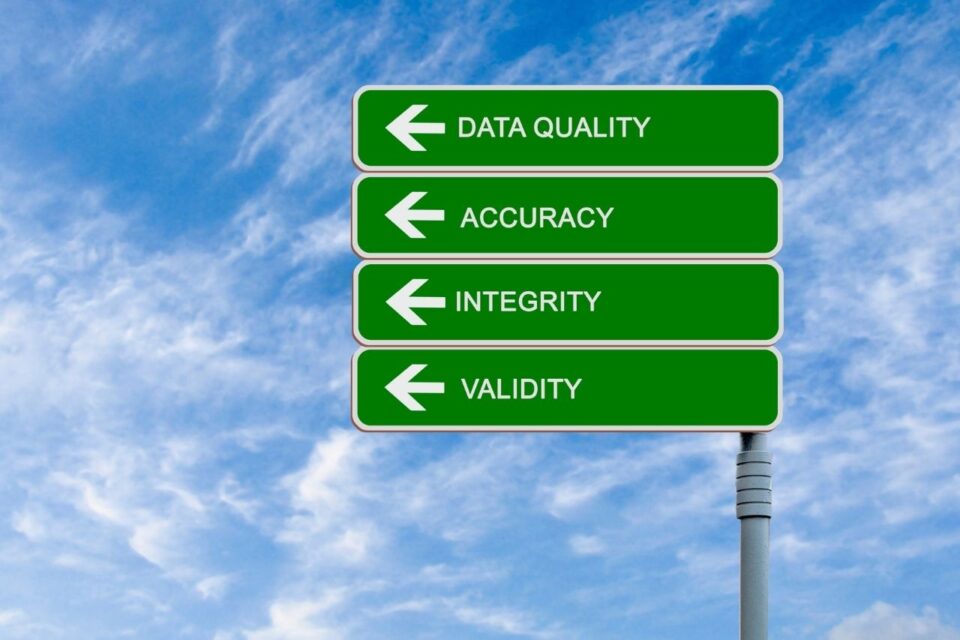
Is the contractual adjustment billed to the patient? All you need to know
April 13, 2021
Payment Cycle Management: All you need to know
May 14, 2021To be able to better understand how revenue cycle management (RCM) works, you must understand the steps involved in the process.
Here are 13 steps of revenue cycle management:
Pick a system
To start the RCM process, you must choose a specific system to do the job. You can either pick a healthcare RCM software or an outsource processing system, depending on the one that meets the requirements of your office and the team that you have.
Train the staff
When you have finally chosen a system for your office, you must think about ways to train your staff to use it. This is an important step to ensure that there is no room for unnecessary mistakes and allows for everyone to know what they have to do.
Registration of patients
The next step is to make sure that the patient registration is done properly. The information needs to be collected by verifying the identity of the patients. Any changes in the insurance cards should also be updated accordingly.
Verification of insurance cards
The best thing about RCM is that the system itself automatically checks whether a patient is eligible for their insurance or not. It also makes sure regarding the benefits that the insurance gives to the patients and the co-payment options and deductions.
Pre-authorization of the patients
Pre-authorisation ensures that the service the insurance company is providing to the patient is genuinely needed.
Collection of co-payments
When the time of service comes, the patient must pay all their co-payments and any deductibles that they should be paying.
Billable charges
Whatever payments there are, they are usually transformed into codes to make sure that the patient gets reimbursed at a later stage.
Submission of claims
When the medical services have been transformed into relevant codes, it is important to move forward with the submission of the claims to the insurance company.
Reimbursement
When the insurance company follows through with all the formalities and verifies the payment that covers the limit of the policy, the patient gets the amount reimbursed.
Denial management
Not all claims get reimbursed. Yes, you read that correctly. Thus, it is important to have a denial management set beforehand. The denial management system allows you to review and correct any such claims to ensure your chances of getting reimbursed become higher.
Variances in payments
Just like in the case of denial management, if there are any differences in the amount that you have received as a reimbursement that should also be reviewed right away.
Collection by patients
If any amount is left unpaid by the insurance company, it is directly billed to the patient.
Reporting system
The RCM system also acts as a reporting system that helps in evaluating financial data.
Discover The Ultimate Pricing Transparency Solution
If you are interested in a free demo of our AllPayor® Software, please go HERE or you can register for a FREE webinar HERE





